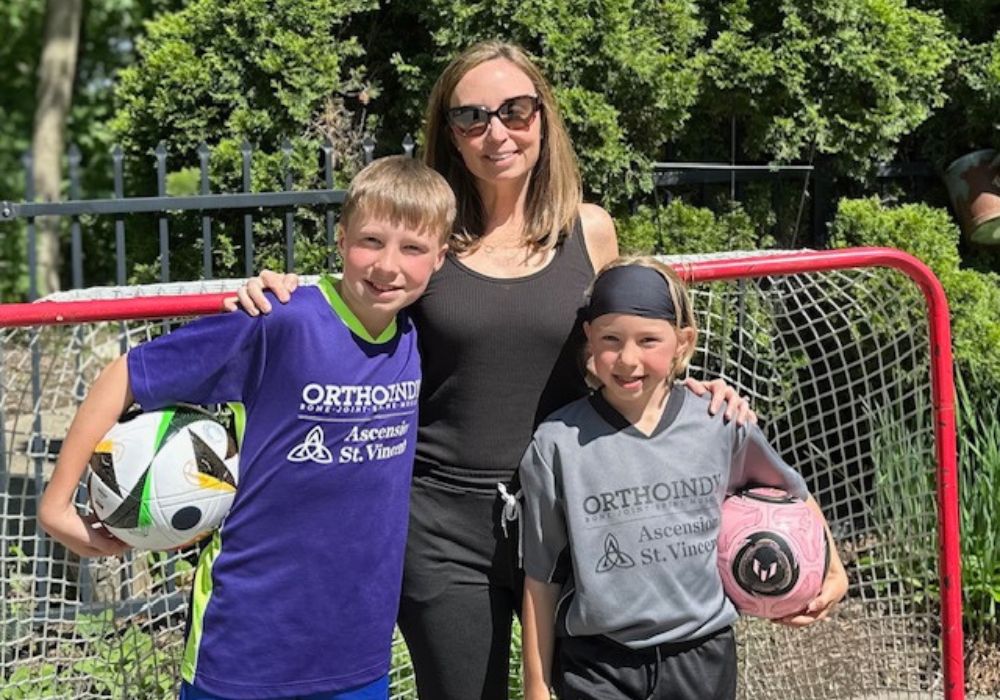THIS POST IS PART OF THE ULTIMATE GUIDE TO SPORTS MEDICINE AND THE ULTIMATE GUIDE TO FOOT AND ANKLE INJURIES
Shin splints are due to stress across the tibia (shin bone). Typically, shin splints are the result of repetitive impact activity such as running or jumping on hard surfaces.
Cause
- Participating in activities or sports that occur on harder surfaces
- Having flat feet or abnormally rigid arches
- Exercising with improper or worn-out footwear
How do you know if you have shin splints or not?
- Pain in the tibia or shin is the most common symptom of shin splints
- Dull aching pain that occurs in the posterior medial tibia just below the mid-portion of the bone
- Shin is tender to the touch
- Pain is usually heightened during activity and relieved by rest.
MAKE AN APPOINTMENT WITH AN ORTHOINDY SPORTS MEDICINE SPECIALIST
How do you heal shin splints?
Treatment for shin splints is non-surgical and includes:
- Rest, Ice, Compression and Elevation (RICE)
- Activity modification or immobilization: Such as avoiding activities that worsen symptoms
- Non-steroidal anti-inflammatory drugs (NSAIDs) such as ibuprofen
- Home exercises to strengthen muscles
- Physical therapy to increase strength and flexibility
Prevention and recovery
- Avoid the activity that caused shin splints for up to two weeks
- Condition muscles with exercise
- Warm-up before exercise or sports activity
- Wear appropriate protective gear
- Cool down after exercise or sports activity
- If you feel pain, stop immediately and let muscles heal completely before returning to sports or activity
“Unfortunately, there is no absolute way to prevent shin splints,” said Dr. Michael Thieken, OrthoIndy sports medicine physician. “The most important controllable factors are a gradual conditioning program and regular stretching. Shin splints usually follow a sudden increase in frequency, intensity or duration of athletic training. One should always slowly increase their training regimen over a realistic time period.”
Learn more about treatment for sports injuries at OrthoIndy.
Schedule an appointment
Your well-being is important to us. Click the button below or call us to schedule an appointment with one of our orthopedic specialists. If your injury or condition is recent, you can walk right into one of our OrthoIndy Urgent Care locations for immediate care. For rehabilitation and physical therapy, no referral is needed to see one of our physical therapists.






